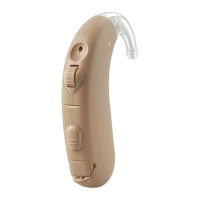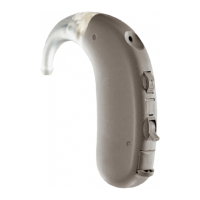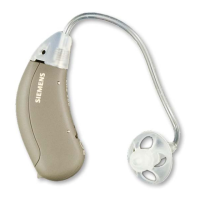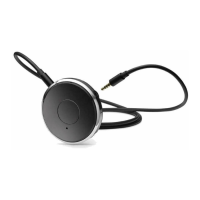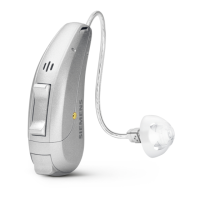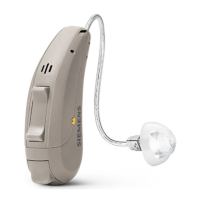What to do if Siemens artis Hearing Aid does not work?
- SSarah MitchellJul 27, 2025
If your Siemens Hearing Aid isn't working, there are a few things you can check: 1. Ensure that the instrument is turned on. 2. Make sure the battery compartment is completely closed. 3. Replace the battery with a new one if it's dead. 4. Verify that the battery is inserted correctly, paying attention to the polarity.


